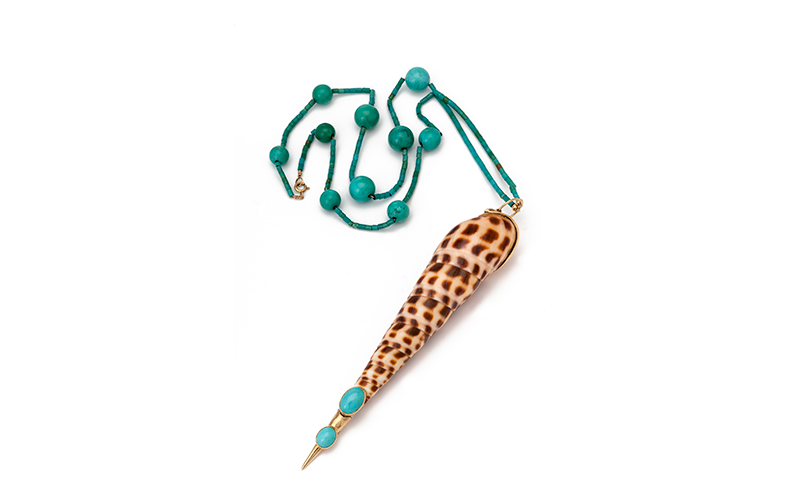- Events & Programs Home
- Calendar
- Accessibility
- Adults
-
Families & Teens
- Families & Teens Home
- 10x10 Teen Art Expo
- Art on the Rise
- Art Together: Art Making for Families with Children Ages 3–5
- Babies Sing with May Festival Minis
- Boy Scouts / Girl Scouts
- CAM Kids Day
- Family Storytime and Gallery Walk
- Family Studio: Art Making for Families with Children Ages 6–12
- Games in the Galleries
- Members-Only Baby Tours
- Public Baby Tours
- REC Reads
- Rosenthal Education Center (REC)
- Saturday Morning Art Class
- See Play Learn Kits
- Summer Camp
- Teen Fest: Zine and Comic Exchange
- RECreate
- Teachers
- Community Outreach
- Fundraisers
- Plan Your Own Event

- Events & Programs Home
- Calendar
- Accessibility
- Adults
-
Families & Teens
- Families & Teens Home
- 10x10 Teen Art Expo
- Art on the Rise
- Art Together: Art Making for Families with Children Ages 3–5
- Babies Sing with May Festival Minis
- Boy Scouts / Girl Scouts
- CAM Kids Day
- Family Storytime and Gallery Walk
- Family Studio: Art Making for Families with Children Ages 6–12
- Games in the Galleries
- Members-Only Baby Tours
- Public Baby Tours
- REC Reads
- Rosenthal Education Center (REC)
- Saturday Morning Art Class
- See Play Learn Kits
- Summer Camp
- Teen Fest: Zine and Comic Exchange
- RECreate
- Teachers
- Community Outreach
- Fundraisers
- Plan Your Own Event
Necklace with Pendant by Marguerite Stix
Necklace with Pendant by Marguerite Stix
- Home
- Plan Your Visit
- Art
-
Events & Programs
- Events & Programs Home
- Calendar
- Accessibility
- Adults
-
Families & Teens
- Families & Teens Home
- 10x10 Teen Art Expo
- Art on the Rise
- Art Together: Art Making for Families with Children Ages 3–5
- Babies Sing with May Festival Minis
- Boy Scouts / Girl Scouts
- CAM Kids Day
- Family Storytime and Gallery Walk
- Family Studio: Art Making for Families with Children Ages 6–12
- Games in the Galleries
- Members-Only Baby Tours
- Public Baby Tours
- REC Reads
- Rosenthal Education Center (REC)
- Saturday Morning Art Class
- See Play Learn Kits
- Summer Camp
- Teen Fest: Zine and Comic Exchange
- RECreate
- Teachers
- Community Outreach
- Fundraisers
- Plan Your Own Event
- Give & Join
- About
- Tickets
- Calendar
- Exhibitions
- Collections
- Blog
- Shop
- Art
- Exhibitions
- What, Me Worry? The Art and Humor of MAD Magazine
- Recall. Reframe. Respond. The Art of Paul Scott
- Rediscovered Treasures
- Special Features
- Upcoming Exhibitions
- Past Exhibitions
- Online Exhibitions
- Explore the Collection
- Provenance and Cultural Property
- Conservation
- Meet the Curators
- Digital Resources
- Art Bridges Cohort Program

Marguerite Stix (American, b. Austria, 1904/08–1975), Necklace with Pendant, late 1960s, shell, turquoise, gold
Audio Description
Made by American jeweler Marguerite Stix, who was born in Austria, this shell, turquoise and gold necklace with pendant was designed in the 1960s. Stix lived from 1904/08–1975.
This piece is a long necklace made of short cylindrical turquoise beads interspersed with large round beads of the same material. The pendant is a long shell tapering to a point. The surface of the shell is a creamy color with regular spots of brown that follow its spiral shape. The large, rounded end of the shell has a gold cap with a link that connects it to the beaded turquoise necklace. The pointed end of the shell is covered with gold and set with two oval pieces of turquoise.
Label Copy
Made by American jeweler Marguerite Stix, who was born in Austria, this shell, turquoise and gold necklace with pendant was designed in the 1960s. Stix lived from 1904/08–1975.
Marguerite Stix was first a sculptor and a painter and then became a jewelry designer, combining her artistic talents with gem work. The ‘gems’ Stix used to create her necklaces, earrings, and decorative boxes, however, were seashells. Collecting shells had been a hobby she and her husband indulged in for years, but in the late 1960s Stix began making exquisite jewelry from what they found. She was always inspired by her admiration and protection of the original object.
Stix’s work was predicated on the concept that the seashell itself was the primary driver—the shell came first, the jewelry design second. Impeccably crafted, Stix employed goldsmiths to create her subtle pieces, combining her ocean finds with colored stones and gold, forming a nonintrusive mount and highlighting the shell’s color and shape. With no shop of her own, Stix’s creations were sold at Cartier’s and major department stores.
Back to Materials, Texture, Sculpture Back to the Audio Exhibition
Cincinnati, OH 45202
Toll Free: 1 (877) 472-4226
Museum Hours
Museum Shop
Terrace Café
Library
Cincinnati Art Museum is supported by the tens of thousands of people who give generously to the annual ArtsWave Campaign, the region's primary source for arts funding.

Free general admission to the Cincinnati Art Museum is made possible by a gift from the Rosenthal Family Foundation. Exhibition pricing may vary. Parking at the Cincinnati Art Museum is free.
Generous support for our extended Thursday hours is provided by Art Bridges Foundation’s Access for All program.

General operating support provided by:



